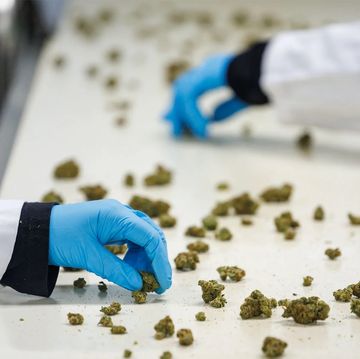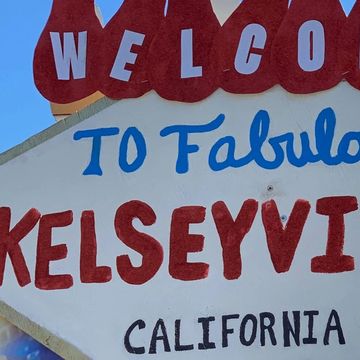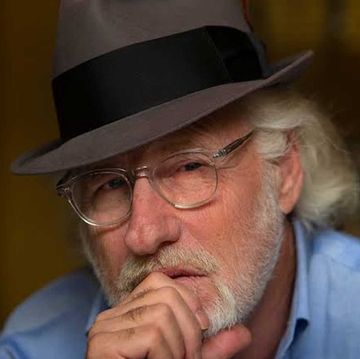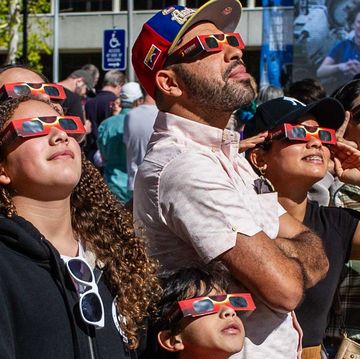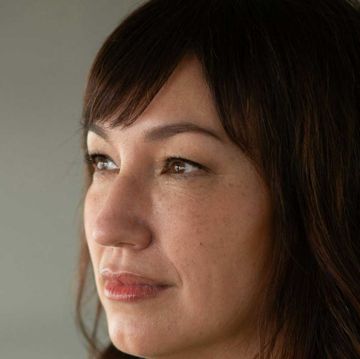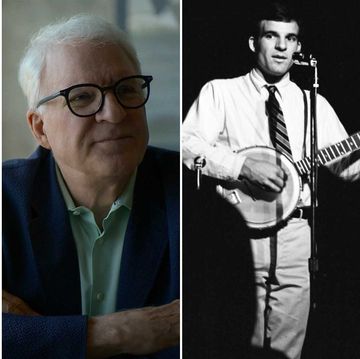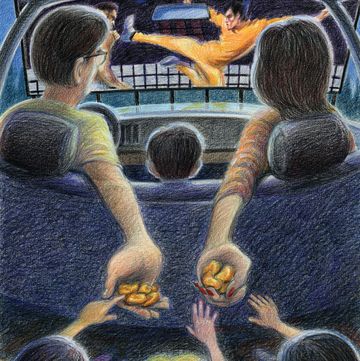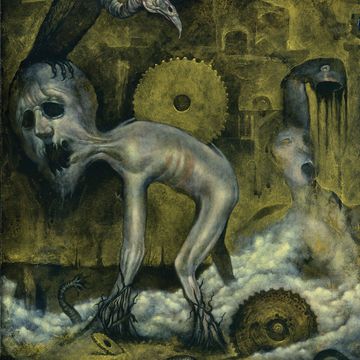We had packed truck stop burritos (for lunch), sleeping bags (in case we broke down and had to spend the night in the Baja desert), and two bottles of gas station red wine (because why not?). We knew that our route was likely to be blocked by boulders from a recent hurricane. We realized we might encounter scorpions and rattlesnakes. The heat would be unbearable. And our transport—a rusted-out death trap of a dune buggy—was barely operational. Yet we believed we’d find the Lost Mission of Santa Isabel and its fabled treasure.
We were in San Ignacio, a tiny town smack-dab in the center of the Baja peninsula. Zihul Martinez, a former major and special forces operative in the Mexican Army, and my new treasure-hunting buddy, was at the wheel. There was no power steering and Martinez wore gloves to grip the wheel.
“Don’t break your hands,” Luis Duarte, our guide, warned him, before speeding away on his off-road motorcycle.
Martinez turned the key, the engine sprang to life, and we drove off, following Duarte through scrub brush and down into gullies. We were moving fast—too fast. We crashed over some rocks, spilled off the path, and were soon headed toward the thorny arms of an elephant cactus.
“Charro!” Martinez hollered, warning us of the cactus’s pricker balls, now getting kicked up by Duarte’s motorcycle and flying our way like ninja stars. I closed my eyes.
Talk Baja’s buried treasures with Geoffrey Gray on Alta Live on Wednesday, January 10, at 12:30 p.m. Pacific time.
REGISTER
The Lost Mission of Santa Isabel and its cache of missing gold are arguably the most famous treasure in Baja, part of a mythic tale that dates back to the early years of colonial California. After dispatching an intrepid band of Jesuit missionaries to Baja, the Spanish Crown came to suspect them of mining gold without permission and, in 1768, demanded they return home at once. Planning to come back one day, the Jesuits rounded up their gold coins and ingots—along with gold religious icons, silver, and pearls—and hid them in a cave near the Mission of Santa Isabel, the last mission built in Baja California.
Or so the story goes. From amateur treasure hunters to novelist Erle Stanley Gardner, creator of the Perry Mason series, countless expeditioners have looked for the Jesuit riches. Whether searching on foot, in the saddles of donkeys (the best means of transport), or by helicopter, they have all come up short. The target area is vast (hundreds of square miles), and hard facts about the Lost Mission are so hard to come by that many doubt it ever existed.
Yet I had a secret weapon in Martinez, a steady and reliable partner. In retirement, Martinez had made a hobby of hiking the backcountry out here, sleeping under the stars and making friends with locals.
Nacho Chiapas, one such man, told him that the Lost Mission’s ruins were in Cerro Tomas, a remote pass in the desert that stretched beyond the villages of Cataviña and San Ignacio. My ears pricked up at the mention of Cataviña: it was close to where Gardner had spotted some ruins.
The area was under the watchful eye of Zoila Dalia Duarte Garcia, the mother of Luis and a kind of self-appointed mayor whose family ran a truck stop in San Ignacio and who had grown up here. Over the years, she had befriended Martinez, and she told the retired major where her family thought the treasure was: near Cerro Tomas!
I opened my eyes. A charro pricker ball had spiked itself into the spare tire strapped on a rack just above my head, its finger-length needles missing my face by inches. Martinez kept driving. We barreled down rock faces and scurried up steep bluffs and down again. But before long, we were stuck in a dry riverbed.
We labored there for two hours, breaking rocks with a pickax and shoving boulders from our path. The sun was out in full, pulsing down, singeing us through our shirts. Turkey vultures circled overhead.
“Nothing like Baja after a hurricane,” Martinez said. We were down on our butts, drenched in sweat, our feet planted against a large rock, pushing it inch by inch out of the way.
Eventually, we finished clearing a route and climbed back into the buggy. Martinez and I followed Duarte on his motorbike to the top of a ridge. We were near a place he called the Cave of Snakes. That’s when we saw them. Not serpents, but giant boulders, blocking the road ahead. There was no way we could move these behemoths, which were taller than us. And just like that, our expedition was over.
This article appears in Issue 26 of Alta Journal.
SUBSCRIBE
“Follow me,” Duarte said as we scampered up a rocky outcropping. The view was gorgeous, the shimmering blue of the Sea of Cortez off in the far distance. The valley below us was green and lush with arroyos, palm trees, and oases. I could imagine the Lost Mission here.
Duarte swept his finger across the landscape. “There are eight canyons to search,” he said. “It has to be in one.”
A search that extensive would require months, if not longer, I told him. Where would he start?
He pointed in the direction of Cerro Tomas and placed his hand on my shoulder. “I will take you there,” he said. “When you come back.”•

Geoffrey Gray is a New York Times bestselling author, longtime investigative reporter, and the current founder and publisher of True Mastery, which specializes in adventure tales and interactive, real-life games. Known for his eclectic range of subjects and gonzo spirit, Gray started his writing career covering boxing for the New York Times and later specialized in unsolved crime, travel, food writing, and more as a contributing editor at New York magazine. He has also produced two feature documentary films, Patrolman P. and GORED, the latter of which premiered at the Tribeca Film Festival and debuted on Netflix. He is the co-creator of 9 Arches, an adventure card game, lives (most of the time) in the colonial highlands outside Mexico City, and once drove an ice cream truck.



